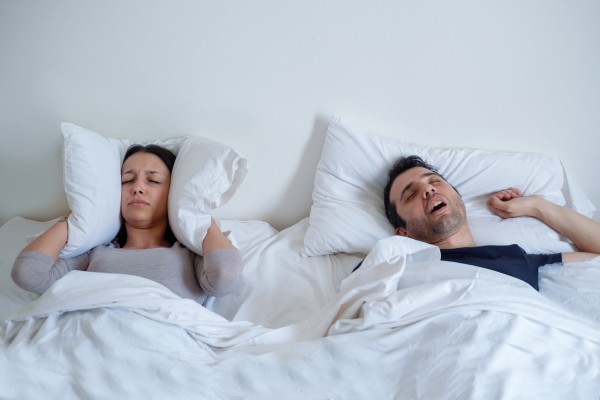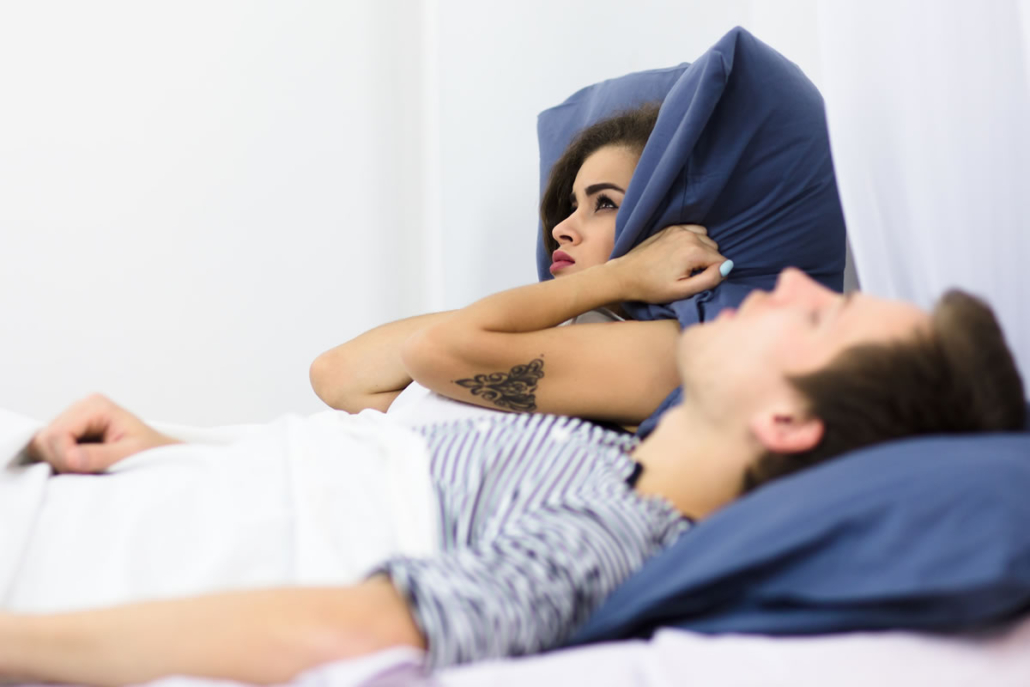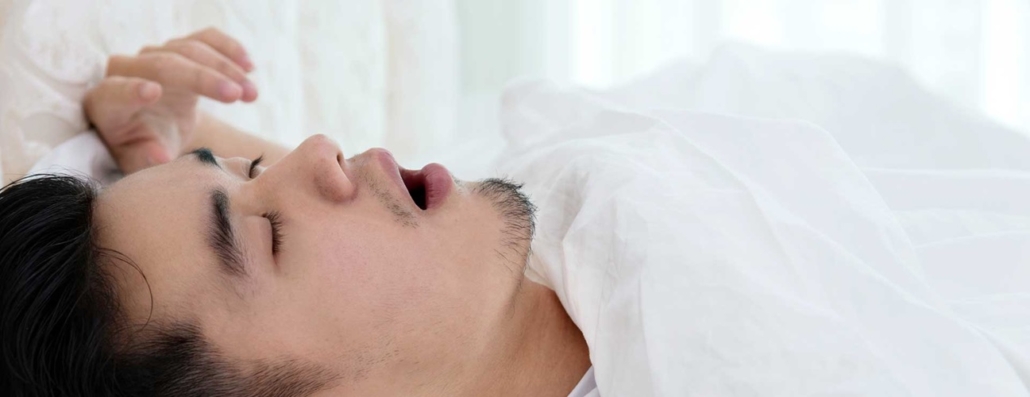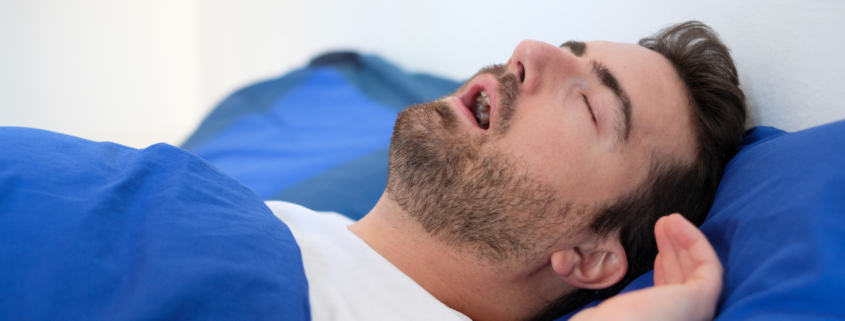Sleep Apnea: Common Causes, Risk Factors, Treatments
Loud snoring – particularly when combined with daytime drowsiness or fatigue – can be a sign of sleep apnea, a typical yet serious disorder which has an effect on breathing. Here’s what you should know.
What is Sleep Apnea?

Sleep apnea is a sleep problem by which your breathing is repeatedly disrupted while asleep. These breathing breaks usually last in between 10 to 20 seconds and could occur from 5 to over 100 times each hour.
The deficiency of oxygen in a sleep apnea event jolts you awake – typically so briefly that you don’t even remember it. However these interruptions to your natural sleep rhythm imply that you spend more hours in light sleep and fewer in the deep, restorative sleep you have to be energetic, mentally sharp, as well as productive the following day.
Sleep apnea also can result in a lot of health problems – in certain cases lethal. Thus it’s vital that you take seriously. In case you or your bed partner suspect sleep apnea, speak to your doctor immediately.
Types of Sleep Apnea
Obstructive sleep apnea is among the most common type of sleep apnea. It happens when the muscles which support the soft tissues on the upper air passage relax while asleep and obstruct the normal flow of air inside and out of the nose and mouth. This generally leads to loud snoring and disrupted breathing.
Central sleep apnea is a a lot less common type of sleep apnea which involves the central nervous system. It happens when the brain briefly stops transmitting signals to the muscles which regulate breathing. It is usually due to an underlying health problem. Individuals with central sleep apnea rarely snore.
Complex or mixed sleep apnea is a very rare blend of obstructive sleep apnea as well as central sleep apnea.
Signs and Symptoms of Sleep Apnea

It could be difficult to detect sleep apnea all on your own, as the most prominent symptoms simply happen whenever you’re asleep.
However you could get around this problems by requesting a bed partner to watch your sleep habits, or by documenting yourself throughout sleep. If pauses happen when you snore, and when choking or gasping comes after the pauses, these are generally major sleep apnea indicators.
Main symptoms of sleep apnea:
- Repeated, loud snoring
- Choking, snorting, or gasping while in sleep
- Day time drowsiness and fatigue, regardless of how long you would spend in bed
Other symptoms:
- Getting up with a dry mouth or a sore throat
- Daytime headache
- Disturbed sleep, night time awakenings, or insomnia
- Waking up at nighttime having shortness of breath
- Going to the bathroom often throughout the night
Sleep Apnea Causes and Risk Factors

Though anybody can have sleep apnea, specific factors raise the risk:
Sex – Men are more likely to have sleep apnea compared to women, though right after menopause, rate of recurrence in women rises.
Older age – While sleep apnea can happen at all ages, it’s a lot more common when you grow older.
Weight – The risk of sleep apnea is a lot greater in people who are overweight, and higher still in people who are obese.
Anatomical differences – Physical attributes which could bring about sleep apnea include a little upper airway, a tiny or receding jaw, a long soft palate, a high tongue position, a deviated septum, as well as enlarged tonsils and adenoids.
Smoking – Based on a study carried out by Center for Tobacco Research and Intervention, University of Wisconsin, Madison, people who smoke are 3 times more prone to have sleep apnea compared to those who have never smoked.
Neck circumference bigger than 17 inches (43.2 cm) in males or 16 inches (40.6 cm) in females.
Allergies or other health conditions which bring about nasal congestion and blockage may also give rise to sleep apnea.

